In restaurants, freshly ground black pepper is about as common as ice water. It is a household staple, and can bring a bland meal to life with just a few cracks.
Pepper comes in a variety of colors, and each gives off a different aroma and flavor. But we’ve all probably wondered, where do peppercorns come from?

Skip Ahead:
Where Does Black Pepper Come From?
Black pepper, or peppercorn, is not an actual chili pepper (Capsicum), but is the tiny fruit of the piper nigrum vine. These fruits are harvested early, while still green, and dried until the skin turns a dark black color. The end product is the spice known as black pepper.
The piper nigrum plant is the source for more than just black pepper. It is also the same fruit that is used to make white pepper, green peppercorns and red peppercorns. These four types of pepper have very different flavors and applications in cooking. However, it all comes down to the timing of the harvest.
Piper nigrum is grown in Vietnam, Brazil, Bulgaria, and Indonesia. However, India is one of the world’s biggest black pepper producers in today’s global trade.
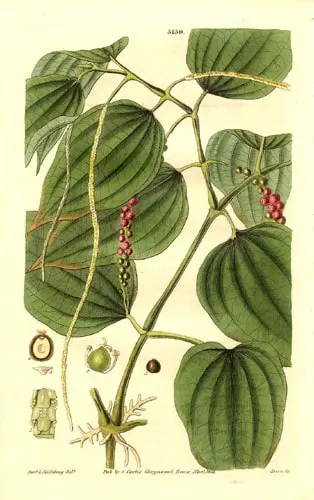
What Makes Black Pepper Spicy?
Pepper is known for its medium level of spiciness, adding a slight kick to food. In fact, many people will refuse freshly cracked black pepper for this reason. But if the kernels don’t actually come from a chili plant, what makes them spicy?
In short, black pepper contains piperine, a chemical compound that activates the same pain receptors as a spicy chili. This causes a sensation of heat in the mouth, though no actual tissue damage is done.
In chili peppers, the sensation of heat is due to Capsaicin, a different chemical compound that binds with pain receptors. The spice level of piperine is very consistent, which makes black pepper predictable and easy to use.
How Is Black Pepper Made?
Black pepper is made by first harvesting mature, but not-quite-ripe berries from the piper nigrum vine. The berries are often hand picked from the vines, which can grow over 20 feet high when climbing on trees.
See for yourself in this video taken in Southern India. The berries are then separated from the vine and sun-dried for a number of days until they harden and turn black.
The key to the method is when the berries are harvested. If they are picked too early, they will lack the heat of black pepper. If they are harvested later, the color of the berries changes to red, and the berries can spoil more easily.
To make black pepper, the berries must be picked around the time that they are turning from green to yellow.
White Pepper
In North America, black pepper is dominant, while in Europe white pepper is much more common. It tends to be a bit more expensive due to the increased time required to make it.
What is white pepper?
White pepper is made using the same plant that is used to produce black pepper, piper nigrum. To make it, the tiny fruits are picked when partially ripened, the skin is removed, and the fruits are then dried.
Removing the skin takes away much of the pepper’s spiciness, making the flavor more smooth and complex. This is also what prevents the berries from turning black. The skin of the berries is what wrinkles and darkens during the drying process of producing black pepper.
What is white pepper used for?
White pepper is commonly used in sauces and gravies, and eaten on biscuits and in soups. White pepper can offer a similar peppery flavor without having the distinct black specs. It is common in Chinese cuisine as well, where it is used in marinades and to spice up stir fry.
The main benefit of using white pepper is the reduced pungency, along with the white color. White sauces will usually call for white pepper, though black can be substituted in a pinch. Just know that the flavor of black pepper will be more powerful and spicy.
Where to buy white pepper
Most grocery stores sell white pepper, especially in Europe and Asia. It can also be found online if you’re not in a rush. You can buy whole white peppercorns, or ground white pepper depending on your needs.
Can I substitute white pepper for black pepper?
White pepper can be used instead of black pepper, and vice versa. There are two things to keep in mind when substituting:
- Flavor will be much more powerful with black pepper. If the recipe calls for black pepper, and you use white instead, you may miss out on some of the spiciness.
- Black flecks will be visible when using black pepper. This is obvious, but many recipes intend to have a consistent white or off-white color. Many recipes use white pepper over black simply for presentation. This is a minor gripe in my opinion, and I generally prefer the stronger flavor of black pepper.
Green Peppercorn
Green peppercorn is a far less common variety of pepper, and is produced by harvesting extremely under-ripe fruits from the piper nigrum plant. The unripe berries are then either dried or pickled.
The flavor can be described as fresh and earthy, but not spicy like typical black pepper.
Why are green peppercorns so expensive?
Green peppercorns can cost around $1-2 per ounce, either fresh or pickled. Since the berries are picked very early during the growth period, the yields are lower. Thus, the price of green peppercorn is typically higher than that of black or white pepper.
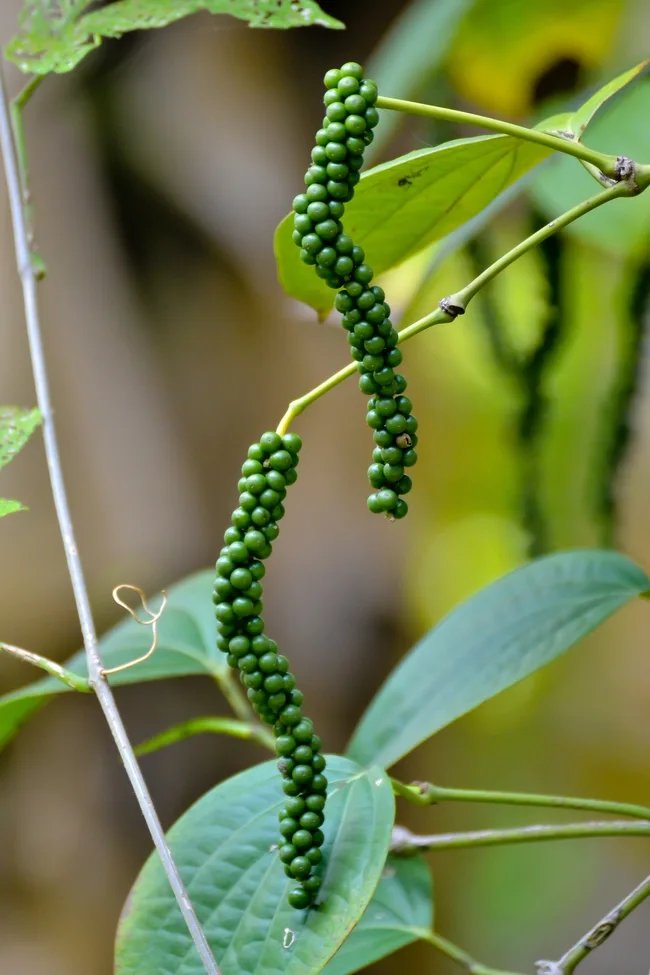
What are green peppercorns used for?
Green peppercorns are the traditional ingredient in classic peppercorn sauce. This is an aromatic, flavor-packed sauce that is typically used to dress red meats and potatoes.
Using pickled green peppercorns is key to get the sauce right. Green peppercorns can also be used as a general garnish, but they are certainly associated with high-end cuisine and home cooking.
Red Peppercorn
Red peppercorns are the rarest form of pepper, and are commonly confused with pink peppercorn. The red peppercorn is another type of pepper that is produced using the piper nigrum plant.
How is red peppercorn made?
Berries from the piper nigrum vine are harvested when they are very ripe, and have turned from green to a deep red color.
They are then dried or preserved in a brine (pickled). The flavor is similar to regular pepper, but the berries are noticeably larger due to the later harvest.
The dried appearance of the peppercorns is similar to a black pepper kernel, but has a slight, dark maroon tone.
Where can I buy red peppercorns?
Genuine red peppercorn is not common, and thus you will probably not find them at a local supermarket. Even Whole Foods and other gourmet groceries don’t typically carry true red peppercorn.
We found one source online selling them at a price of over $6 per ounce. Try finding a local spice shop to see if they carry them, or buy genuine red peppercorns here.
Pink Peppercorn
Far more common than true red peppercorn is pink peppercorn. These berries look very similar to red peppercorn, but are in fact from another plant entirely.
Pink peppercorn is derived from the Schinus molle tree native to the Peruvian Andes. This plant has many nicknames, one of which is the “false pepper” due to the common mix-up between it and a true peppercorn (piper nigrum).
Pink pepper is produced by simply drying the ripe berries from the schinus molle tree. The flavor is very similar to that of black pepper, explaining why the two are often considered interchangeable.
Some think that the pink peppercorn tastes slightly more acidic and sweet, but is generally very “peppery” in flavor.
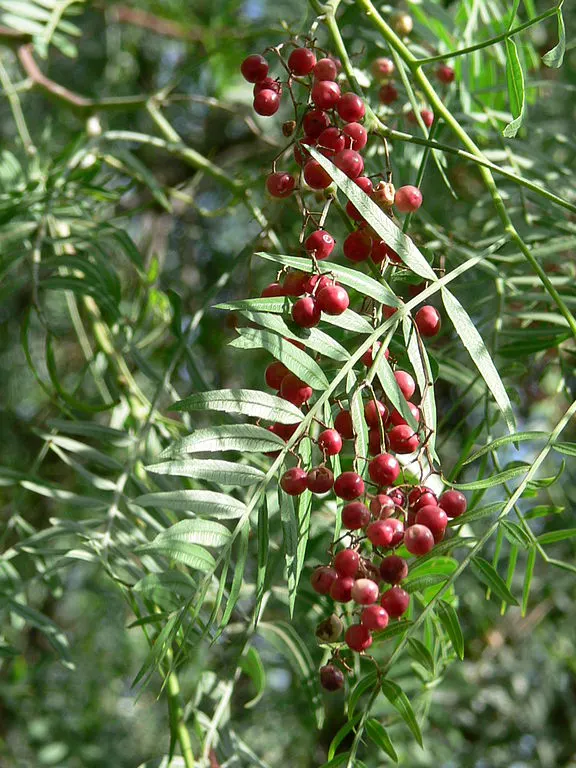
Note: Pink peppercorns are the bright red peppercorns used to make beautiful, gourmet peppercorn blends. They are notably smoother than the wrinkly black peppercorns.
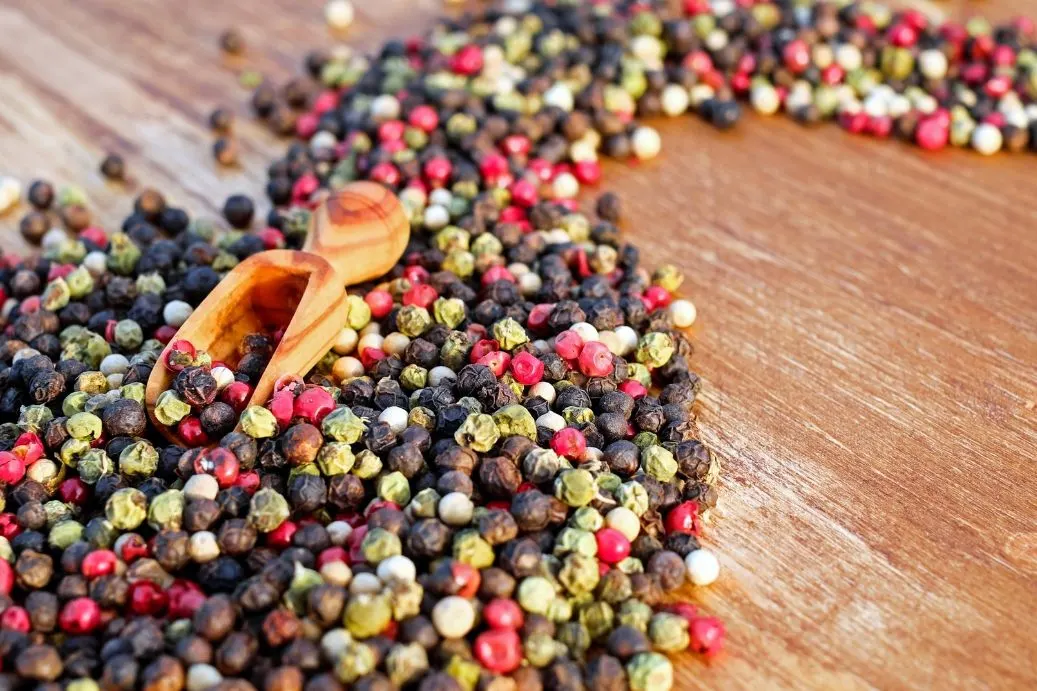
Where to buy pink peppercorns
Pink or rose peppercorns are widely available online and in stores. This is the best option we could find for price per ounce. Use these to mix your own peppercorns and make a beautiful variety of colors in your pepper grinder!
What Is The Best Pepper Grinder?
If you are in the market for a nice, quality pepper grinder, allow us to share a few tips. We have owned several pepper grinders through the years, and we have a clear favorite.
While cheap pepper grinders will work for a while, we find it best to ‘buy it for life’ and get something high quality, especially if you use a lot of fresh black pepper.
Our top choice is the Cole & Mason pepper mill for a long-lasting, stainless steel build. It also makes it incredibly easy to choose 6 different grind settings, from fine to coarse. We have owned this grinder for years and it is as good as new!
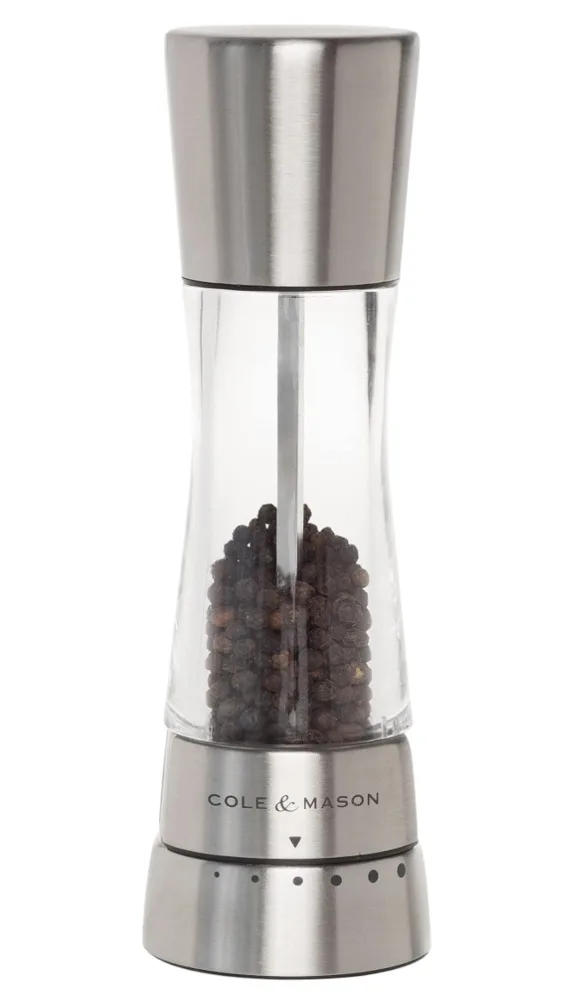
Read Next:
I hope you found this article useful and that it helped demystify the source of black pepper! Now, if your friend asks you where peppercorns come from, you’ll know the answer.
Here at Pepper Geek, we are passionate about all pepper varieties, even the ones that aren’t technically in the Capsicum chili family. Cheers, and happy cooking!


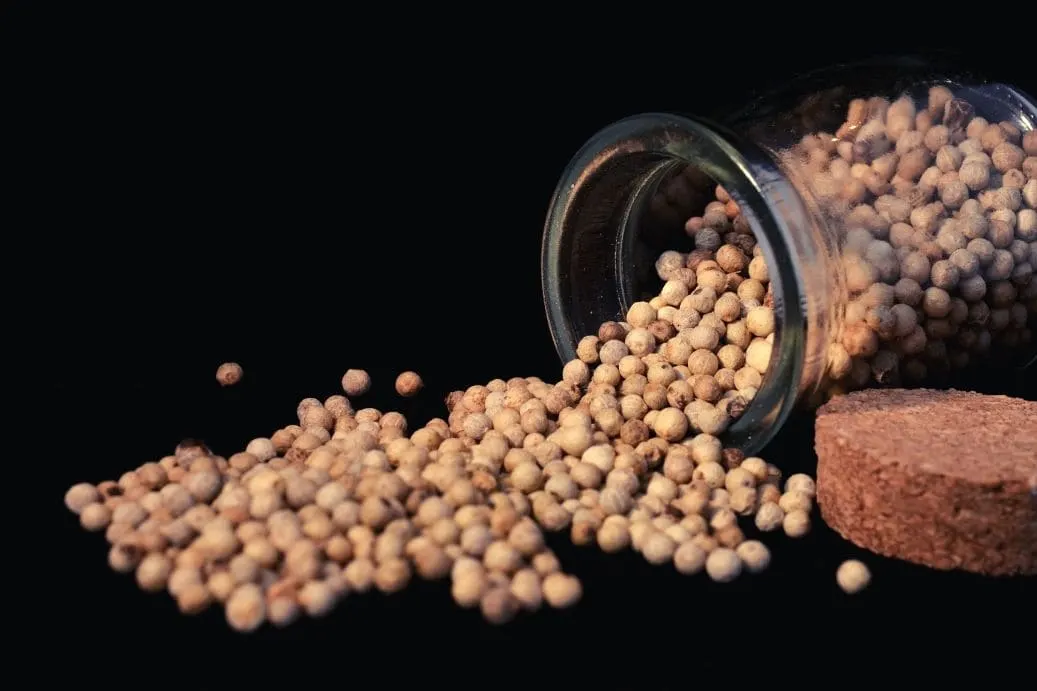
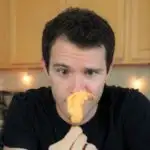
IToldYouSo
Wednesday 23rd of February 2022
Thank you for this article, I was telling my family that black pepper is different than chili peppers and they didn't believe me until I found this article
Joan Towell
Friday 10th of July 2020
Great information, I have juzt bought a mixed pepper blend and it is so yummy on my salads. Thank you.